Lake Med | Millions of liters of water carried by the Colorado River pass through the turbines of the Hoover Dam near Las Vegas every day, producing electricity for hundreds of thousands of American homes.
But the chronic drought that has affected the western United States for years has reduced the reservoir’s size to the point that the hydroelectric power plant may not be operating soon.
“We’re in the 23rd year of a drought here in the Colorado River Basin, and Lake Mead is down to 28%” of capacity, explains Patti Aaron, of the Bureau of Reclamation, the federal agency that manages the dam.
“There is no longer much pressure to push the water through the turbines, so the efficiency goes down and we can’t produce the same amount of power,” she continues.
At the time of its construction, the Hoover Dam was a symbol of American ambitions and the skill of its engineers. Begun in 1931, in the midst of the economic crisis, the labor mobilized thousands of sweaty workers 24 hours a day to build what was then the largest hydroelectric dam in the world.
The work obscures the Colorado River, creating Lake Mead, which to this day remains the largest reservoir in the United States.
At its highest level, the lake was 365 meters above sea level, but after more than twenty years of drought, it is now at 320 meters, its lowest since filling.
The lake is currently losing about a foot each week. If it drops below 289 metres, the dam’s gates will no longer be submerged and the turbines will stop.
“We are working very hard to make sure that doesn’t happen,” notes Ms. Aaron.
melting ice
The Colorado River rises in the Rocky Mountains and meanders more than 2,300 kilometers through Colorado, Utah, Arizona, Nevada, California and then northern Mexico where it empties – increasingly painfully – into the sea.
It is mainly fed by snowfall that accumulates during the winter at high altitudes, before gradually melting during the warmer months.
But under the influence of climate change, precipitation is decreasing and the ice is melting faster, depriving the river of some of its resources, which provide water for tens of millions of people and many farms.
Boaters on Lake Mead, many of whom hail from Las Vegas and surrounding cities, say they do their best to conserve water.
They cite the succulents they replaced their lawns with and the great efforts made in desert cities to recycle water into homes.
“But you have farmers in California who grow almonds for export,” said Cameron Wells, who lives in nearby Henderson, Nevada.
In Southern California, millions of homes are now forced to limit garden watering to just one or two days per week.
But in the Nevada desert, massive mansions continue to be built at the gates of Las Vegas and green golf courses seem to emerge from the arid and dusty landscape.
“away from the eye away from the heart”
For Stephanie McAfee, a climate scientist at the University of Nevada in Reno, the American West has always had this unlikely aspect. “The average rainfall in Las Vegas is about ten centimeters per year,” she told AFP.
“For the sake of having big cities like Las Vegas, Phoenix and Los Angeles, we use water that snows in the wetter west” and far away, adds the scientist.
According to her, the past two decades of drought are not so rare at the climatic level. But “what is happening now is that we have much higher drought and temperatures, and when the temperatures rise, everything dries out more quickly.”
“It is the result of climate change that is fueled by greenhouse gas emissions from human activities.”
On Lake Mead, boat salesman Jason Davis maneuvers his boat toward the gigantic Hoover Dam, rings formed from mineral deposits attest to the level the water reached a few years ago.
For him, work is not so much a generator of electricity as a landscape that must be protected.
“People who haven’t come can’t realize it. It’s ‘out of sight, out of mind.’ But we use a lot of water,” he says. “Until you see these episodes, you can’t understand” the problem.

“Total coffee aficionado. Travel buff. Music ninja. Bacon nerd. Beeraholic.”





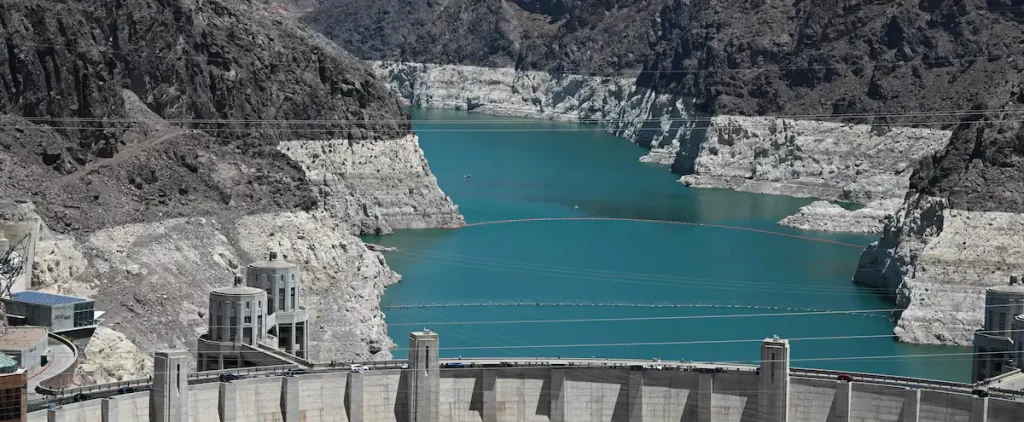
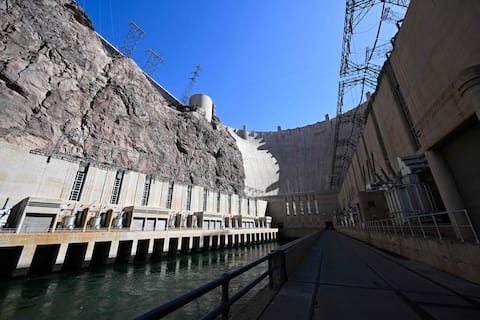
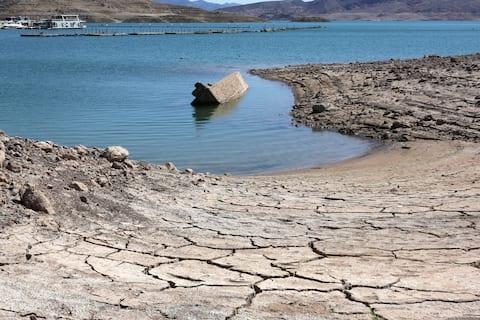
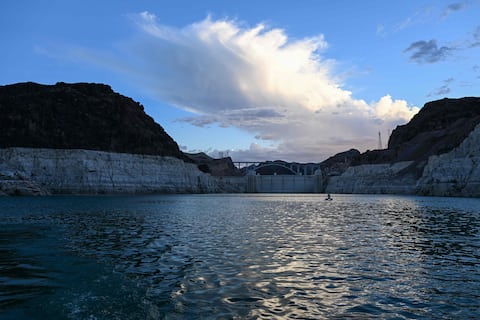
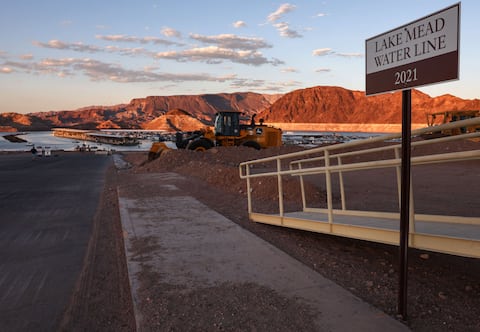
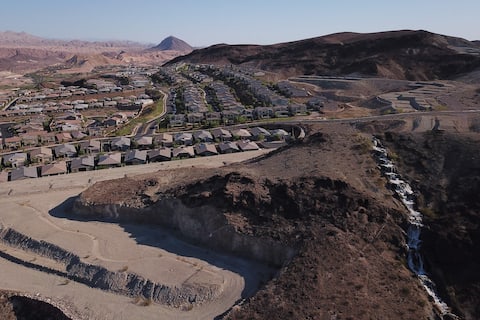
More Stories
Fluoroscopy | “Self-coup”?
This is why you find it difficult to wake up in the morning.
She meets her boss at the airport after taking sick leave.